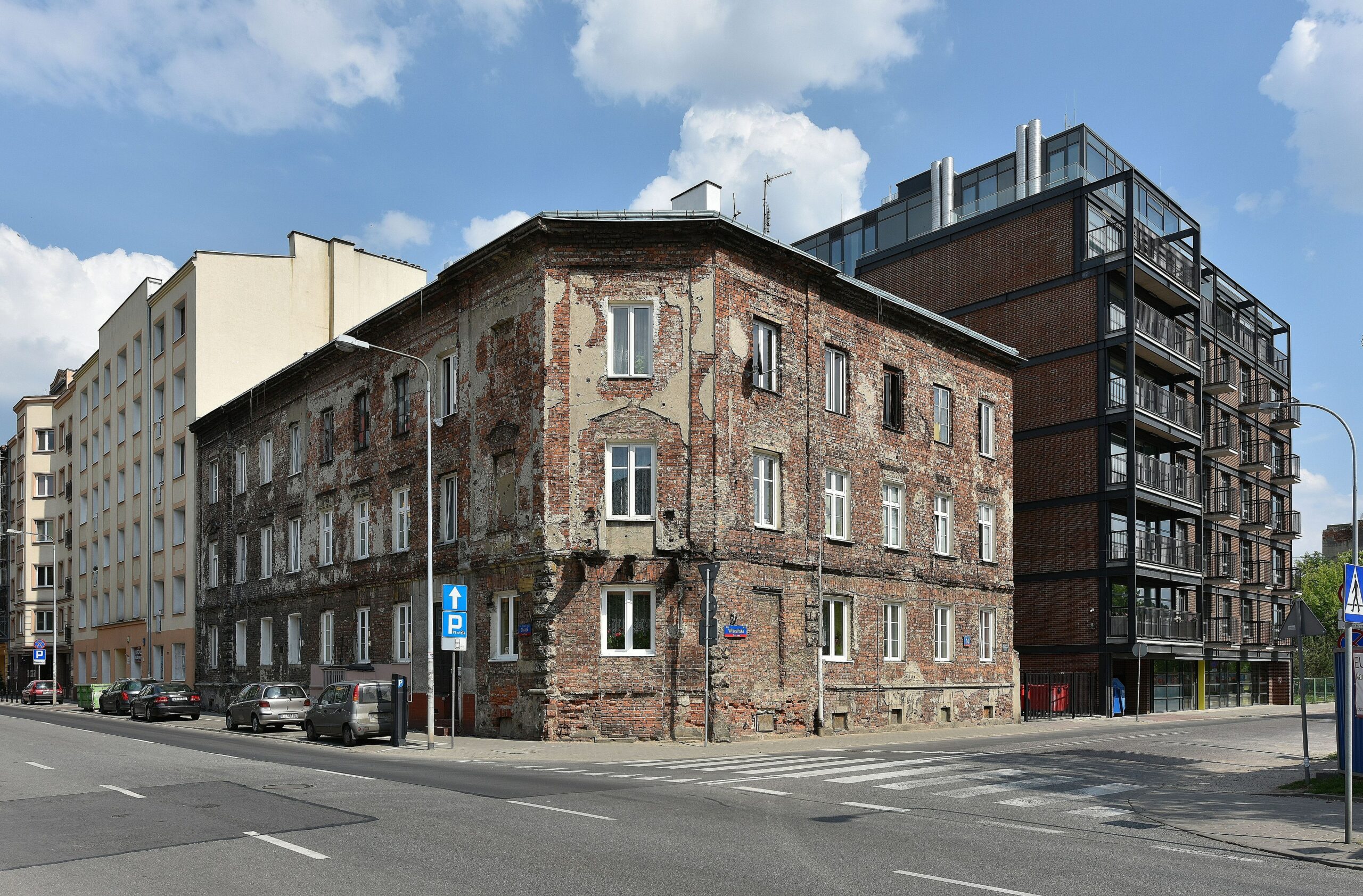
Up-and-coming is often used to describe a neighbourhood’s upward trajectory, but we rarely consider the nature of this change and what the place was like before.
Billboard
Skyscrapper
Halfpage
Up-and-coming is often used to describe a neighbourhood’s upward trajectory, but we rarely consider the nature of this change and what the place was like before.
Few words are more popular among developers than “up-and-coming”.
Composed of the characteristically direct Germanic words “up” and “coming”, the phrase describes something which is on an upward trajectory, an ongoing process that is likely to achieve success in the near future, a movement from a lower to a higher place, or an imminent arrival at a desired position.
In short, it is all about motion. As Marx explains, capital is value in motion. The value of capital is extinguished if it stops moving. This is why a word like up-and-coming is so important to an industry which has as its principal goal the maximisation of profits from the improvement, renovation and transformation of real estate. Describing a property as located in an up-and-coming area helps establish it as a value in motion, as somewhere where investment will generate a positive return.
Where has the place “come up” from?
Something that often remains deliberately obscured in this use of the phrase, however, is the earlier place which the future place has “come up” from. Was it a less exciting place? Was it less prosperous? Less safe? Were its residents less interesting? Were they lower down the socio-economic scale? We can work this out by reminding ourselves of what has happened in the past half century to the kind of neighbourhood which is described as up-and-coming.
In the 1970s, developed countries were encountering a crisis of overaccumulation. Which is to say there was too much capital and not enough places for it to go. One of the principal ways that the dominant class in these societies resolved this crisis was by moving industry to less developed parts of the world and restructuring those areas which industry had left so that wealthier people could move in.
Here come the yuppies
Starting in New York in the mid-1970s, spreading to other Western cities in the 1980s, and reaching much of the rest of the world by the 1990s, this shift in the economy of major cities has transformed them from centres of heavy industrial production into places that are ever more oriented around services, creative industries and property development. This process was fuelled by the entry into the inner city of a middle class youth whose parents had left for the suburbs back in the 1950s. Drawn to the more exciting life the city seemed to offer, these “young urban professionals”, or “yuppies”, gradually displaced the more diverse populations that had remained in the city during the earlier suburbanisation.
Instead of plugging into the rich cultural mix that the inner city already supported, these younger suburban kids brought their tastes with them or sought out safer and less edgy versions of that indigenous urban culture. Sarah Schulman talks about the process in her book The Gentrification of the Mind, recalling how it unfolded in the Manhattan neighbourhood she lived in, “The corner bodega that sold tamarind, plantain, and yucca was replaced by an upscale deli that sells Fiji Water, the emblematic yuppie product. Habib’s falafel stand, where he knew everyone on the block and put extra food on your plate when you were broke—he was replaced by a “Mexican” restaurant run by an NYU MBA who never puts extra food on your plate. An Asian fish store was replaced by an upscale restaurant. The Polish butcher was replaced by a suburban bar.”
The transformations Schulman describes here neatly sum up the place that the up and coming neighbourhood has “come up” from. Every place that has had to suffer the incursion of these new, wealthier people, these yuppies, has also been called “up and coming”.













